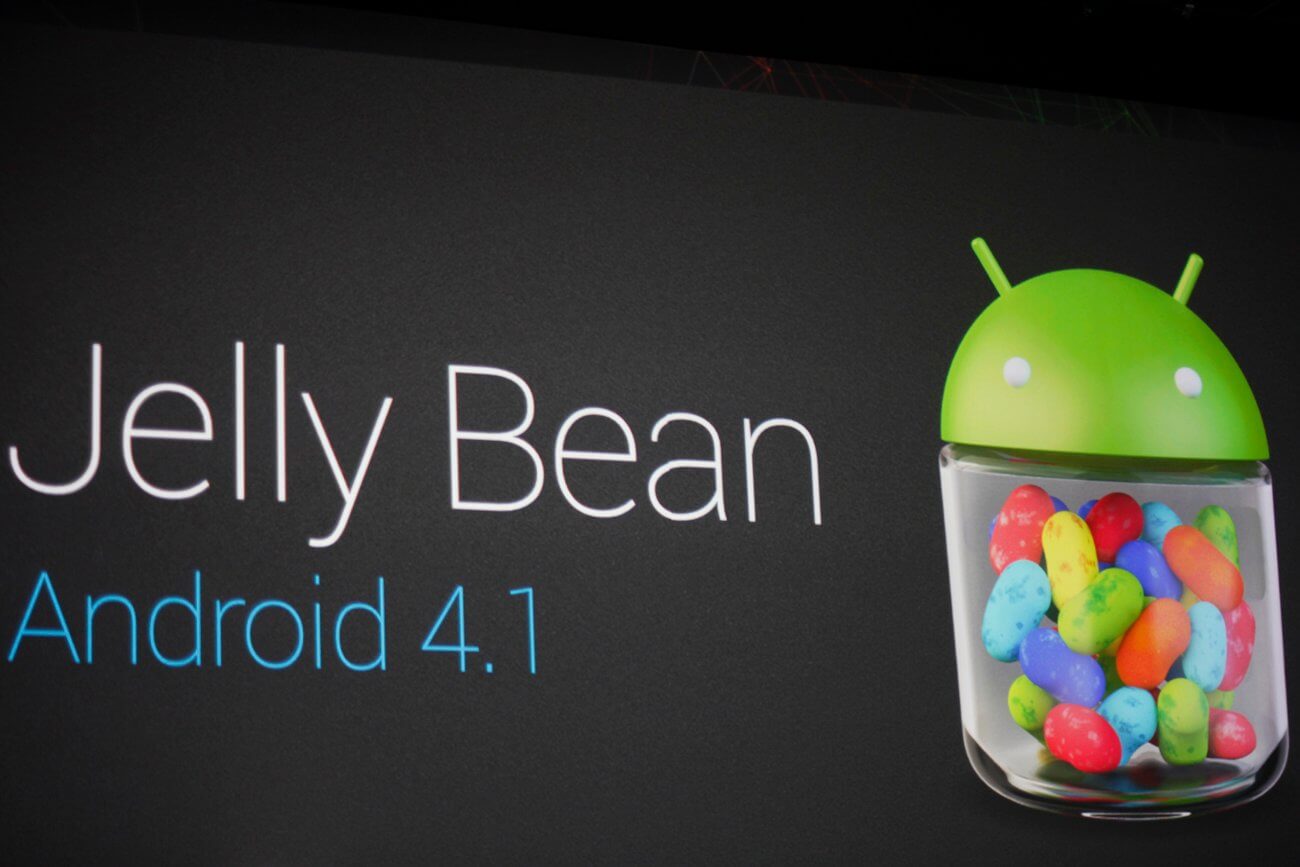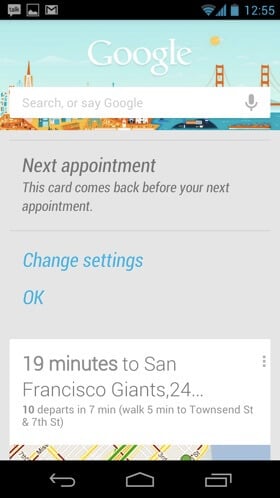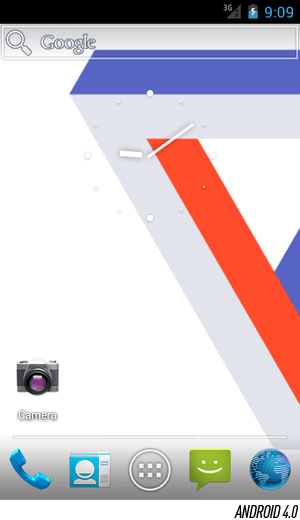
Android 4.1 (Jelly Bean) was announced at Google in 2012. The operating system compared to Ice Cream Sandwich has changed quite substantially. But at first glance, these changes were not noticeable. Had only acquainted with the system better, as it became obvious that a standard design for the canopy hides a significant set of changes and new features. These – and other – subtle incremental changes eventually led to the dominance of Android. This version marked the beginning of a whole family of digital “Jelly Bean».
One of the most important functions was the Project Butter. Subtle changes have improved the visual look and a touch of operating system performance: triple buffering graphics, updating all of the visual elements of the screen fit in 16 milliseconds. Entry system with touch screen has received a number of new features. With the release of the platform, Android has ceased to keep up with their legendary rivals iOS in terms of the sensitivity of the touch interface.
visible to the user the most significant innovations was the Google Now. Based on the experience of communicating with the user, Android began to suspect that the user has to ask how the question is asked. Access Now is swipe across the screen. The function works with different sets of data: the schedule, location, time of day and other information. Now, in turn prompts the user with a set of “information cards” that contain information which, in the opinion of the operating system, the most relevant at the moment. For example, if the system detects that the user is at work, she can remind him that time to go home.

Jelly Bean has found better support for normal speech. This system has brought with it the most realistic method of converting text to speech of all of the available phones. Jelly Bean gives the user the ability to dictate text record voice, without the need to connect to the Internet via the cellular network or Wi-Fi.
Some of the key functions and features of Android 4.1 Jelly Bean deserve to be discussed in more detail:
System and network
font Roboto. Introduced in Android 4.0 font was changed. His new styles and the degree of fat found around the use of the user interface of mobile operating systems. As an example: italic been used in Google Now. Font rendering was slightly different than before.
Expandable “active” notification. Android has always been famous for its beautiful and flexible notification system. Some experts believe that in this respect the “android” platform was second only to webOS. In Android 4.1 notifications have reached a new level of excellence. Developers were given the opportunity to make their notifications to the more dynamic than before. Directly in the body of the notification was possible to position the elements to display additional information and controls that you can access it without having to open the app.

Flexibility widgets. Widgets resizable appeared in version Android 3.1. With Jelly Bean came the ability to dynamically change the size of the widget. Previously known technology, which tried to put all the icons and widgets on one panel, was a source of frustration. But now the system has to try to adjust the size of the widget so that they are adapted to the available space. The icons are also “learned” to move. This feature was formerly known users iOS.
predictable text. To Google has become a tradition version of the version of the onscreen keyboard to improve its mobile platform. However, device manufacturers often replaced their standard keyboard design and thereby nullify all the efforts of the search giant. Version 4.1 is no exception in this regard. The main direction of change was the “prediction” of user-entered words. This possibility gained fame in the popular SwiftKey and found at the time the application in BlackBerry 10. Now the Android keyboard has to speculate about which word the user is going to enter the next, eventually adjusting to the style of writing specific person.
To be continued …
content series “History Android»:
[1] Autumn debut T-Mobile G1: 1.0
[2] 1.x: Sweet names
[3] 2.0 and 2.1: Digital cake
[4] 2.x : A lot of little things
[5] 3.x: Honeycomb tablet wins
[6] 4.0: Ice studies language
[7] 4.1: The first in a family of Jelly Bean
on materials TheVerge.com
No comments:
Post a Comment